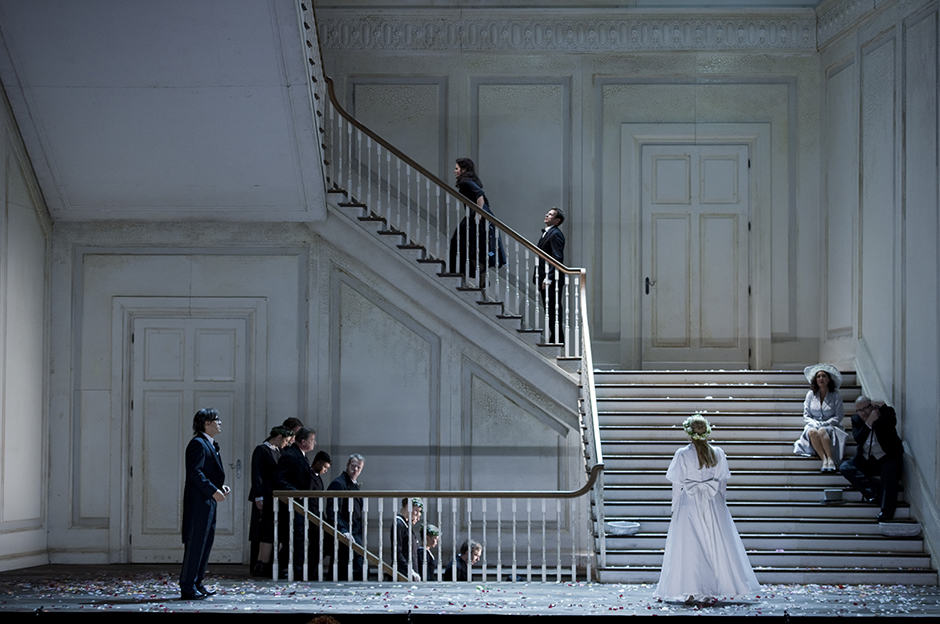One of Toronto’s best and seemingly last-known programs is the Canadian Opera Company’s (COC) Youth Opera Lab. Designed to engage a younger audience in an art form predominately attended by an older generation, the program offers an interactive experience in which a workshop with opera professionals is integrated with a backstage tour and exclusive look at the rehearsal process. The topic of this month’s lab was Die Walküre, the second instalment in Richard Wagner’s celebrated Ring Cycle.
Famous for his harmonic language and ground-breaking musical innovations, Wagner is not the most accessible introduction to the world of opera. His music provides a richly complex musical narrative complementing the action on stage. Although the music may seem difficult to decipher, the Opera Lab was able to highlight many of the key passages and themes in Die Walküre, so that even a novice opera-goer could appreciate the genius and invention found in the music.
The lab featured a small audience with a wide range of backgrounds. Some participants were fully-fledged theatre and music students with ambitions to carve out a career in the art world, while others were simply opera lovers, or newcomers with an interest in learning more.
After introductions, we toured the orchestra pit under the guidance of Marie Bérard, the concert-master of the COC orchestra. Bérard spoke about the challenges about fitting a Wagnerian 100-piece orchestra into the pit, and the way in which she has to balance her own career in teaching and performing with her commitments to the orchestra. When asked how she juggled everything, she responded dryly: “Alcohol.”
After the orchestra pit tour, we began our score analysis workshop with Johannes Debus, the COC Music Director, who, as an experienced Wagnerian conductor, was able to communicate the complexity of the score while making it accessible and exciting. We were given a sheet with several of the opera’s key thematic motifs as a guide, as Debus enthusiastically showed us on the keyboard how Wagner provided Siegmund, the wounded hero, with an anxious, restless thematic identity. We were also given excerpts of the orchestral score, and together we analysed the way in which Wagner used musical motifs to paint an integrative musical portrait of the opera’s action.
After working through some of the opera’s key motifs and action, we were given a look at one of the first rehearsals. With the musical details Debus had pointed out fresh in our minds, the performance sprang alive with the unique way Wagner wrote his score becoming clear. The workshop prepared us to notice the musical foreshadowing of the sword theme played by the orchestra before Siegmund sees the sword in person, and to recognise Wotan’s (Chief of the Gods) theme playing softly as Siegmund talks about his father’s disappearance. With many of the score’s intricacies unravelled, the full performance of the first act of Die Walküre was an appropriate and engaging way to end the opera lab.
Although, as one of the COC’s staff admitted, the average age of the COC core audience is over 60 and increases by one every year, programs like the youth opera lab are an effective and creative way to promote youth engagement in this venerable field. With no prior experience necessary, the program provides participants with a glimpse into the world of opera.


